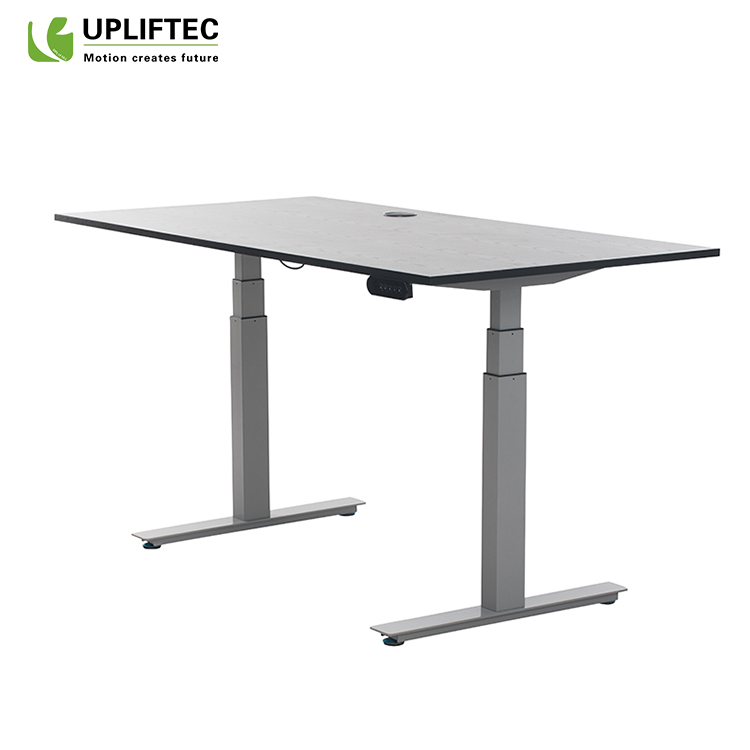Pumping gas detector common faults and solutions
Fault 1: No detection at low concentration
solutions:
1. Check if the pump is working. There is slight vibration when the pump is working normally, and you can feel the obvious suction by blocking the air inlet with your fingers for 2 seconds. Then check if the air inlet of the filter is blocked or the joint is not sealed to cause air leakage without suction.
2. Pass the nitrogen calibration zero point or calibrate the zero point in clean air. Test immediately after calibration.
3. After the zero point is calibrated, the gas to be tested is not detected, and the factory reset operation is required.
4. After the factory setting is restored, it will not be detected. It is necessary to re-inject nitrogen or perform zero-point calibration in clean air. The calibration will be performed immediately after calibration.
5. Check if the sensor cable is damaged or badly contacted.
6. The above steps have been done or not detected. It is necessary to confirm whether there is a gas to be measured at the site, or the concentration of the gas to be measured is really low. If it is lower than the minimum detection limit of the instrument, it cannot be detected.
Fault 2: In the air, there is no gas to be measured, but the value fluctuates greatly or jumps
solutions:
1. Generally, the short-term zero-point fluctuation range is less than 1% of the maximum range. It is within the normal range. If there is no gas to be measured, the long-term drift is less than 2% of the maximum range. If it exceeds this range, it is necessary to confirm whether the site exists. The measured gas, or the temperature and humidity in the air fluctuate greatly, resulting in unstable values. Under normal circumstances, the temperature and humidity fluctuations cause the instrument detection value to fluctuate for a short time. After the temperature and humidity in the air are constant, the value will also be Relatively stable.
2. Confirm whether the zero calibration or target calibration operation is performed on the instrument. If the zero calibration operation is performed in the case of the gas to be measured, the low concentration gas may not be detected. If the gas is measured, the target point is performed. Calibration, but the calibration concentration value does not match the actual concentration value, which may cause the instrument value to fluctuate greatly or the detected value is too small. Both cases can be solved by restoring the factory operation.
3. If the problem cannot be solved, it is necessary to confirm whether a high-concentration gas or a high-concentration gas is applied to the sensor. If the sensor is impacted, the instrument is aged for 24 hours after power-on, and the value is unstable. The sensor was damaged by the impact.
Fault 3: Inaccurate detection
solutions:
1. Confirm whether the gas concentration at the site is accurate. Sometimes the difference between the theoretical value and the actual value is very large. It is best to verify the accuracy of the instrument by introducing a standard gas, or send it to a third-party metrology agency for testing.
2. If the sensor is used for a long time, there may be some error in the measured value. It is necessary to confirm with the manufacturer whether the sensor can still be used any more. If the sensor itself is approaching the service life, it can be used normally even after calibration. It will not take long before it can be used normally. It is recommended to replace the sensor.
Fault 4: Alarm when the value is 0 or if the alarm value is not reached in the air
solutions:
1. Check if the alarm value has been modified.
2. Check the alarm mode and whether the alarm mode has been modified.
3. Check whether the alarm status is concentration alarm or fault alarm. The concentration alarm will show AL or AH, and the red indicator will flash, and the fault alarm will light yellow.
4. If the alarm caused by human modification can be solved by restoring the factory settings, the fault alarm needs to be further checked for short circuit, open circuit, poor contact, sensor failure, etc., or sent back to the factory for inspection.
Fault 5: Unable to communicate with the computer
solutions:
1. Check the device address. The address set in the communication software must be the same as the device address of the instrument.
2, in the computer hardware - device manager - port check whether the serial port corresponding to the RS485 / RS232 converter is connected. For the USB interface device, it is also necessary to check whether the serial port is connected and the port number is correct.
Height adjustable desk helps create a healthier work environment by allowing you to move throughout your day. Switching between sitting and standing throughout a long workday provides several health benefits for the body, such as increased blood flow and enhanced posture. Standing throughout the day also keeps the mind alert and productive while you work.
Fast lifting, lifting speed up to 35mm / s, from the initial height to the upper limit, only 20 seconds. Uniform and stable, cup water balance, double motor balanced drive, lifting the whole table without shaking. The rising and falling sound is less than 45 dB, which is lower than that of keyboard typing.

Height Adjustable Desk,Stand Up Desk Adjustable Height ,Standing Desk Height Adjustable,Adjustable Height Desk
Suzhou Uplift Intelligent Technology Co., Ltd , https://www.up-lifting.com